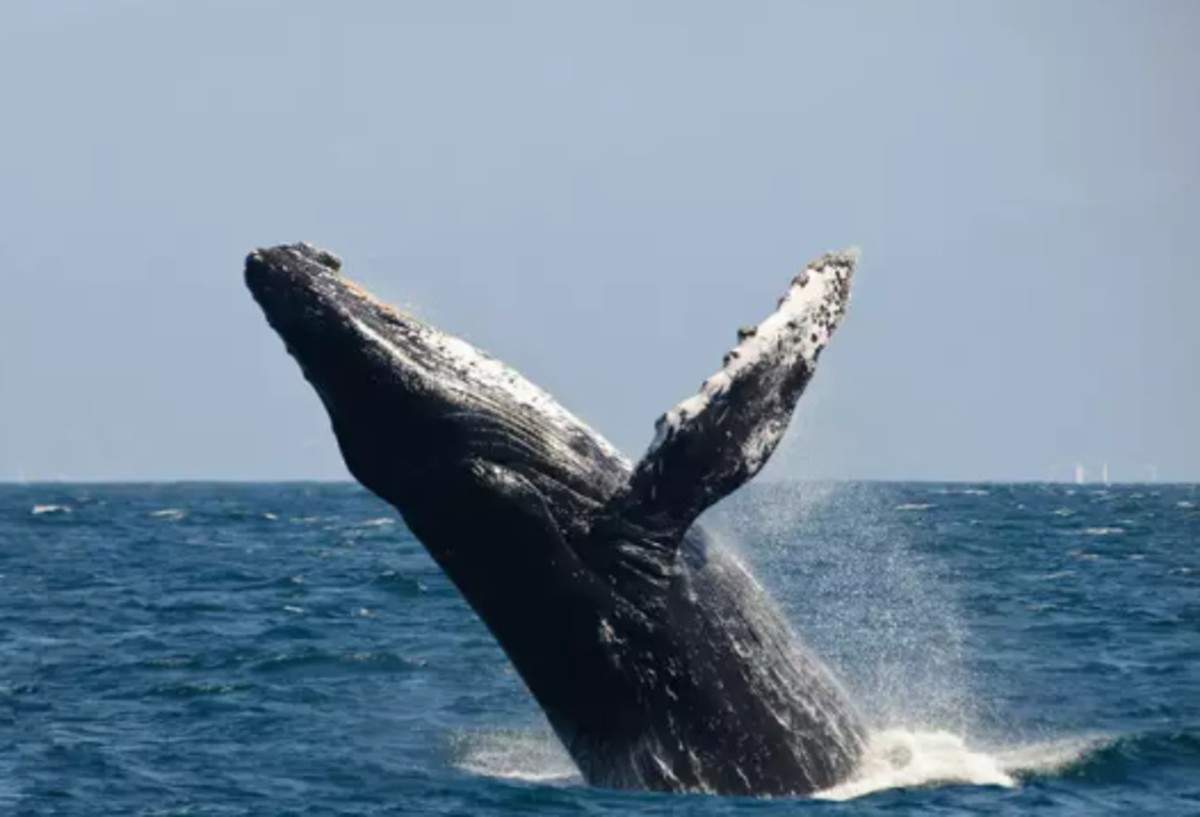Baleen Whales Consume Millions of Microplastics Per Day
A new study found that the blue whale – the largest mammal on Earth – swallow millions of microplastics each day as do fin and humpback whales.
Why was the study conducted?
A research recently provided an estimate of the amount of microplastics ingested by three species of baleen whales – blue, fin and humpback – off the coast of the US Pacific. This study was conducted in light to the enormous amount of microplastics currently polluting the oceans.
Baleen whales are filter feeders. They use baleen plates in mouth made of keratin to strain food such as krill and other small preys. These species are at high risk of microplastic ingestion due to their unique mode of feeding, quantity of food they consume and habitats close to polluted regions.
What are the key findings of the report?
- Blue whales may swallow some 10 million microplastic pieces each day or around 95 pounds of plastic
- Fin whales swallow an estimated 6 million microplastic pieces, which is equivalent to 57 pounds of plastic.
- Humpback whales either consume krill or eat small schooling fish. Krill-eating humpback whales are found to consume 4 million microplastic pieces (38 pounds) each day. Those humpback whales favoring small schooling fish are at lesser risk of microplastic consumption since only 200,000 pieces were found.
- In the moderately polluted waters off the West Coast of the US, baleen whales are still ingesting millions of microplastics and microfibers each day.
- About 99 per cent of the microplastic ingestion by the baleen whales is from prey that had previously ingested plastic and not from the water they filter.
- The large amount of microplastic ingestion is also attributed to baleen whales’ habitats overlapping with polluted regions like the California Current that flows south along North America’s western coast.
How was the study conducted?
The estimates of the daily microplastic consumption by baleen whales was made by assessing the foraging behaviour of 126 blue whales, 65 humpback whales and 29 fin whales using measurements from electronic tag devices suction-cupped on the back of the animal. A camera, microphone, GPS locator and a tracker were used to study the movement of these baleen whales.
The researchers then factored in the concentration of microplastics in the California Current. They found that the whales mainly feed at the depth of 165 to 820 feet. This depth has the highest concentration of microplastic in the open-ocean ecosystem.
Month: Current Affairs – November, 2022
Category: Environment Current Affairs • Reports & Indexes Current Affairs


